This Art Project Breathes New Life Into Blighted Buildings
Breathing Lights will illuminate hundreds of abandoned structures throughout New York
“Urban blight” traditionally captures the image of a city in trouble—think vacant lots and buildings with no inhabitants. These silent, abandoned symbols of economic ruin are dark and lifeless. But throughout October and November, once-empty buildings in Schenectady, Troy and Albany, New York, will flicker to life when they’re filled with light. As Eillie Anzilotti reports for CityLab, it’s all part of a new art installation designed to spur action around the region’s economic blight.
The project, Breathing Lights, is the brainchild of artist Adam Frelin and architect Barb Nelson, who won a $1 million grant aimed at generating public art that addresses local issues. While the “light” part of the project is easy to understand (hundreds of buildings will be lit up in the three cities each night from 6 p.m. to 10 p.m.) the “breathing” part is just as significant.
“Warm light will fill each window with a diffuse glow that mimics the gentle rhythm of human breathing,” the artists write on their website—a metaphor for not only what is lost when buildings become vacant, but of cities’ ability to breathe new life back into abandoned urban areas.
“Zombie properties,” as they are also called, happen when a building is foreclosed on and becomes the property (and the problem) of a city. Gary McCarthy, mayor of Schenectady, tells Innovation Trail’s Jenna Flanagan that the city spends upwards of $60,000 per abandoned property per year for essential services, code enforcement and maintenance—and that doesn’t include the property tax revenue that is lost when a building is abandoned. A report from the National Vacant Properties Campaign, a consortium of mayors across the country, notes that abandoned buildings are associated with more crime, health hazards and lower property values that can lead to a spiral as more and more people bail on their neighborhoods.
Manufacturing has declined in New York's Capital Region over the last few decades. In an effort to fight the region’s growing problem with blighted properties, cities throughout the area have begun sharing data. Breathing Lights expands on that effort with a series of events and tours aimed at catalyzing the community to reinvest in the region.
The project wasn’t embraced by everyone—as Anzilotti reports, initial responses were skeptical and some community members didn't understand why the grant was specifically for art and not instead able to be used for community revitalization. But the sight of hundreds of once-dead buildings come to flickering, breathing life is sure to turn heads. And as each project turns off one by one at the end of the project, Breathing Lights may leave a lasting impression on how some communities view their local economies.
/https://tf-cmsv2-smithsonianmag-media.s3.amazonaws.com/accounts/headshot/erin.png)
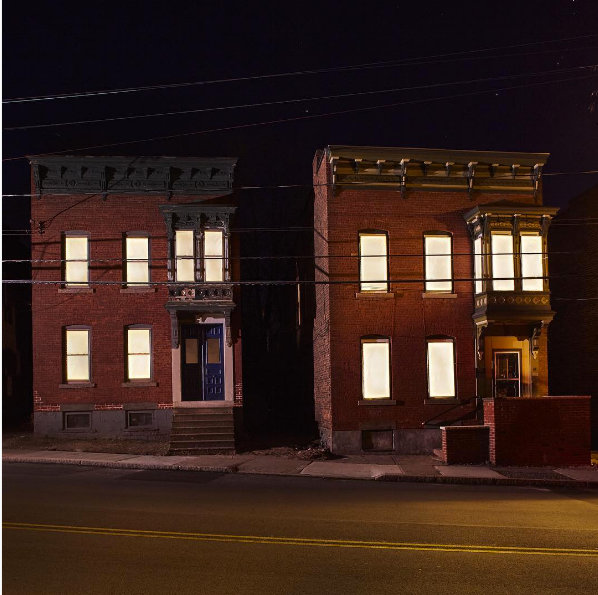
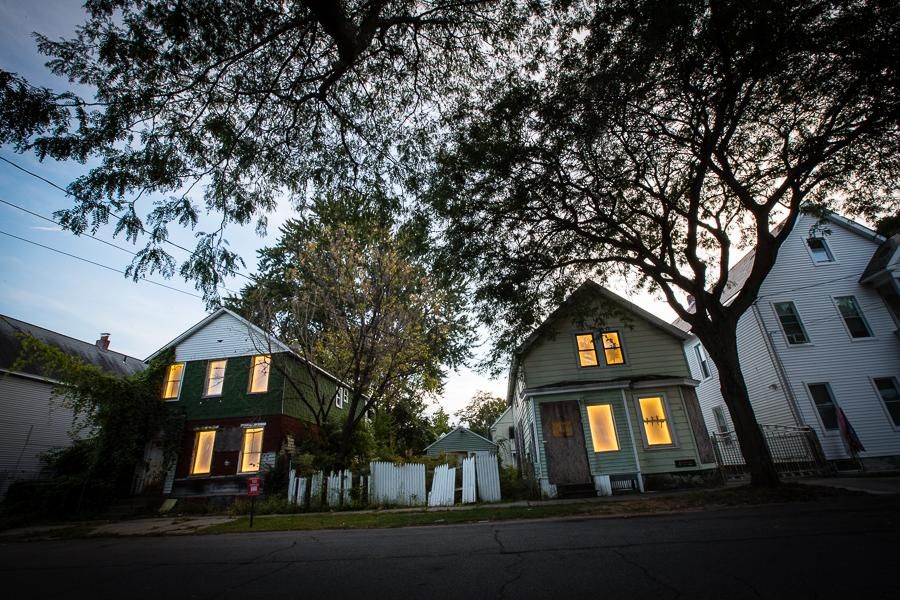
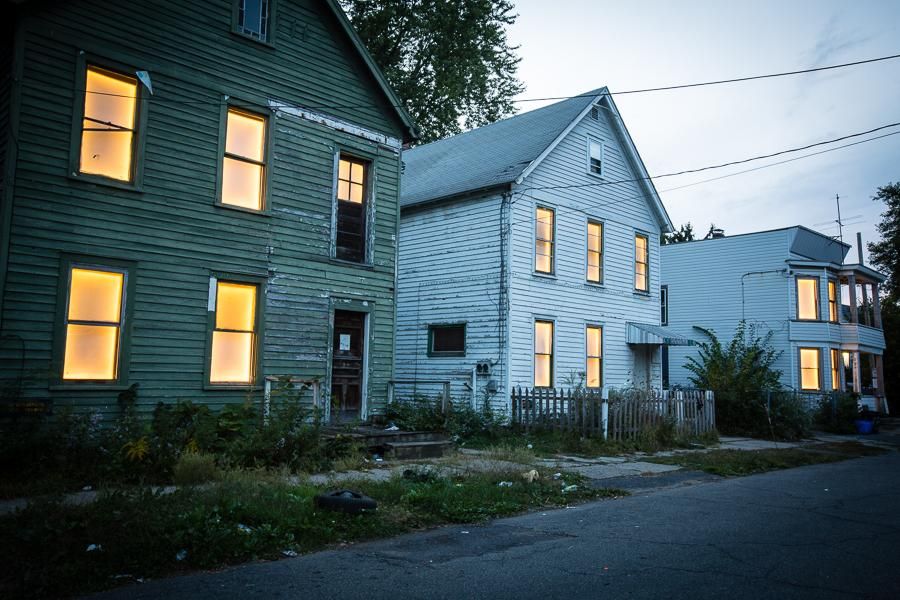
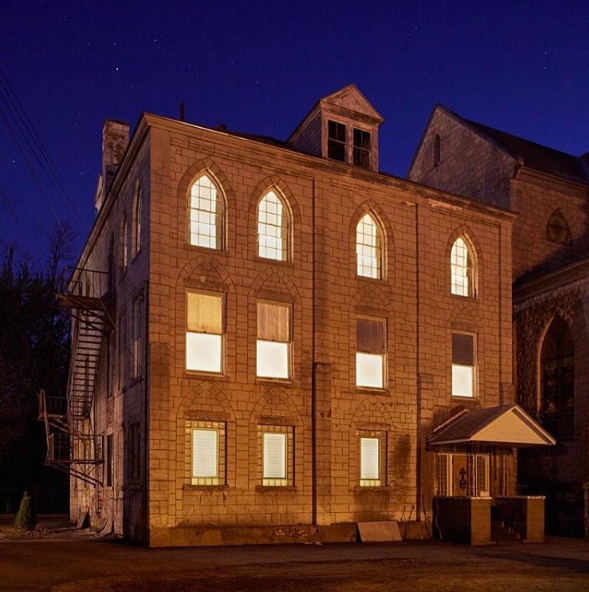
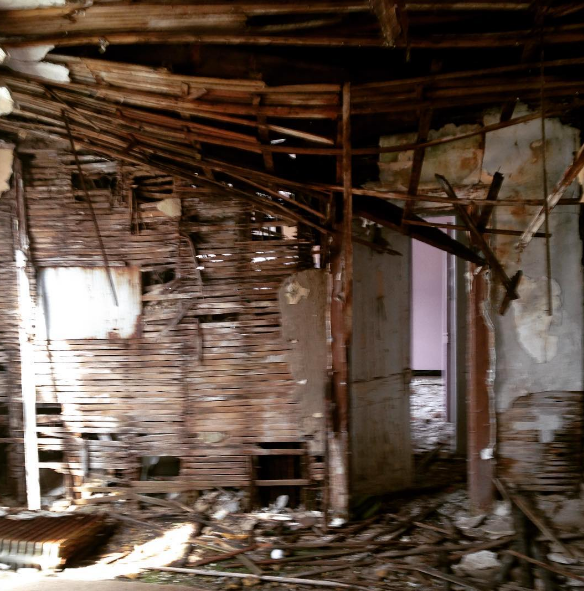
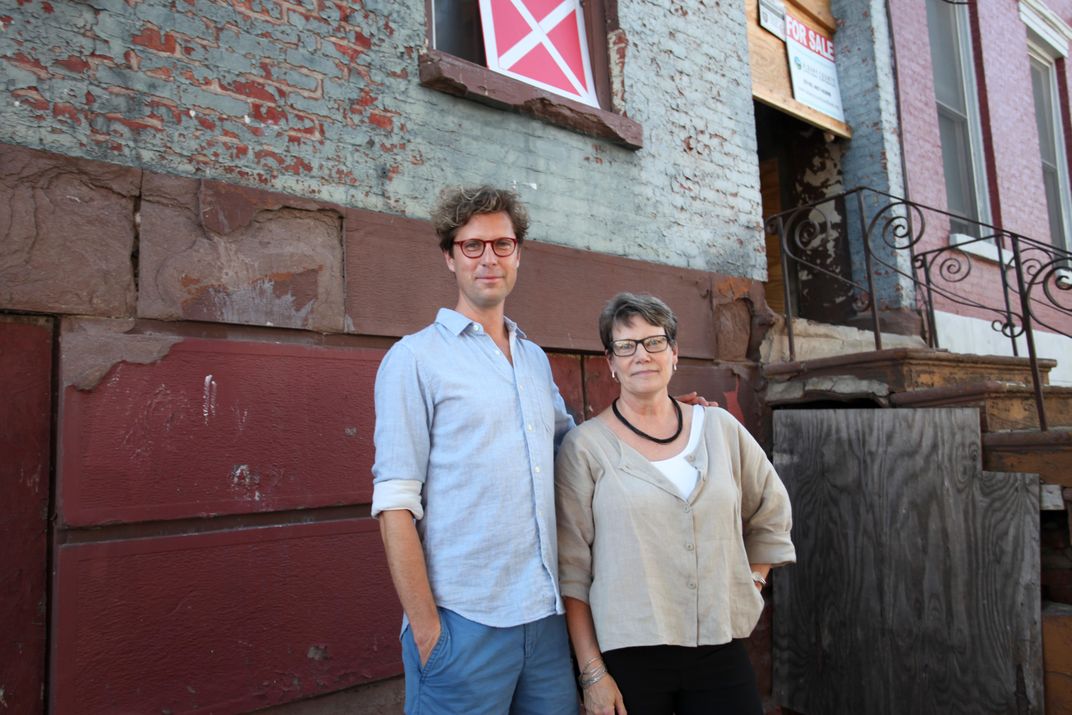
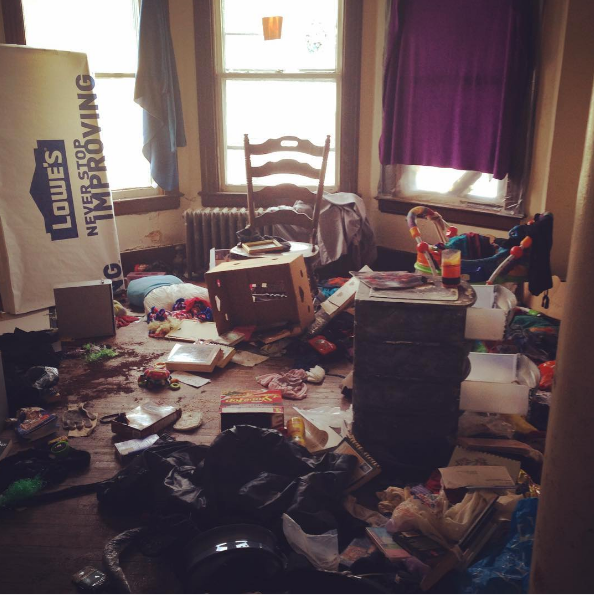
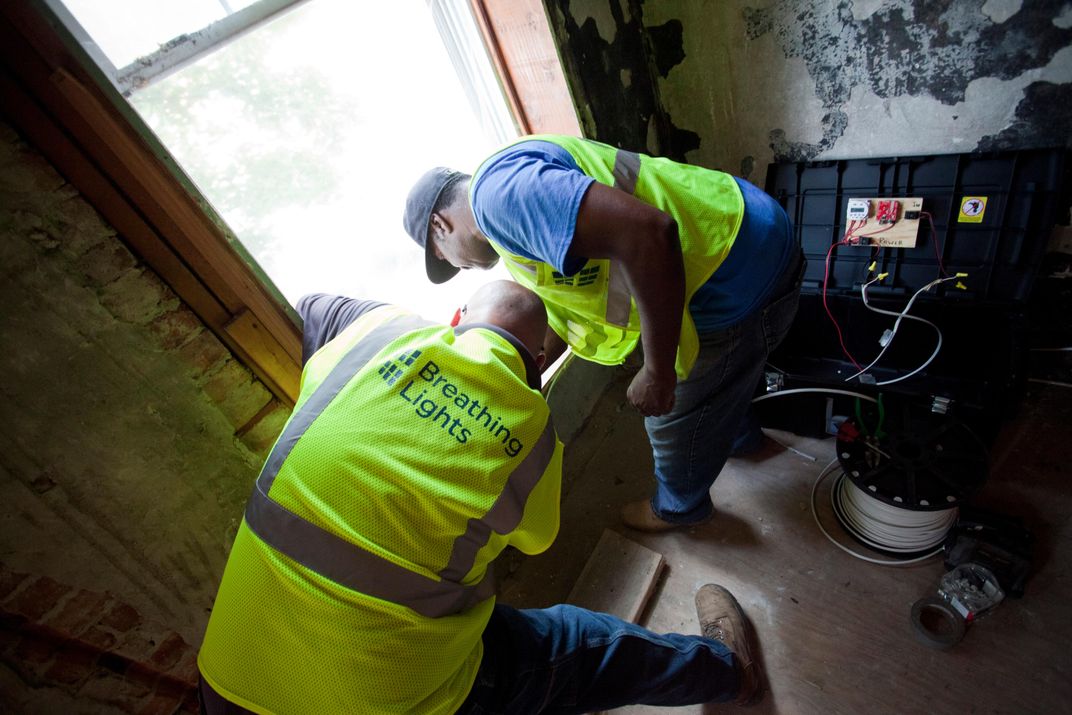
/https://tf-cmsv2-smithsonianmag-media.s3.amazonaws.com/accounts/headshot/erin.png)